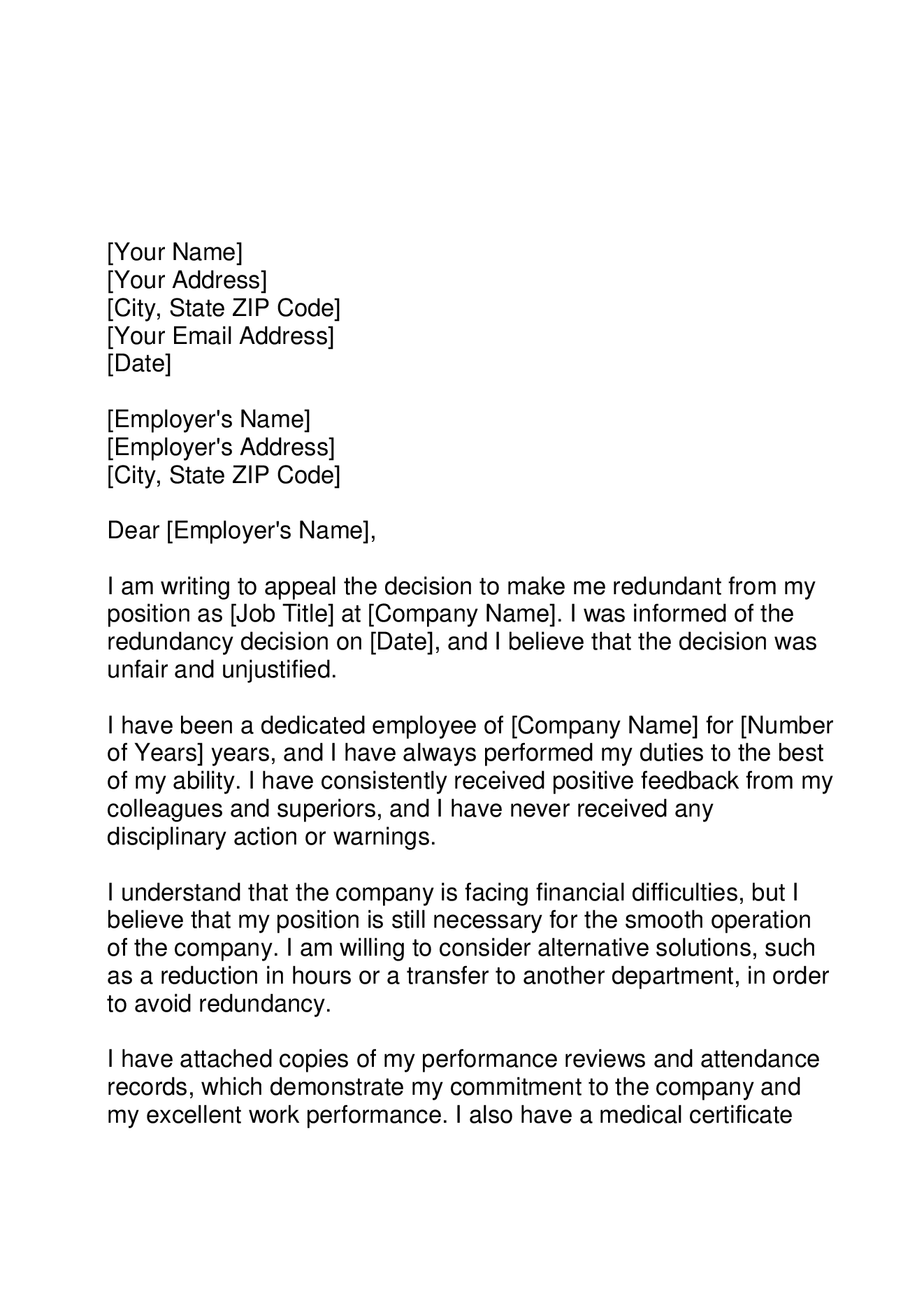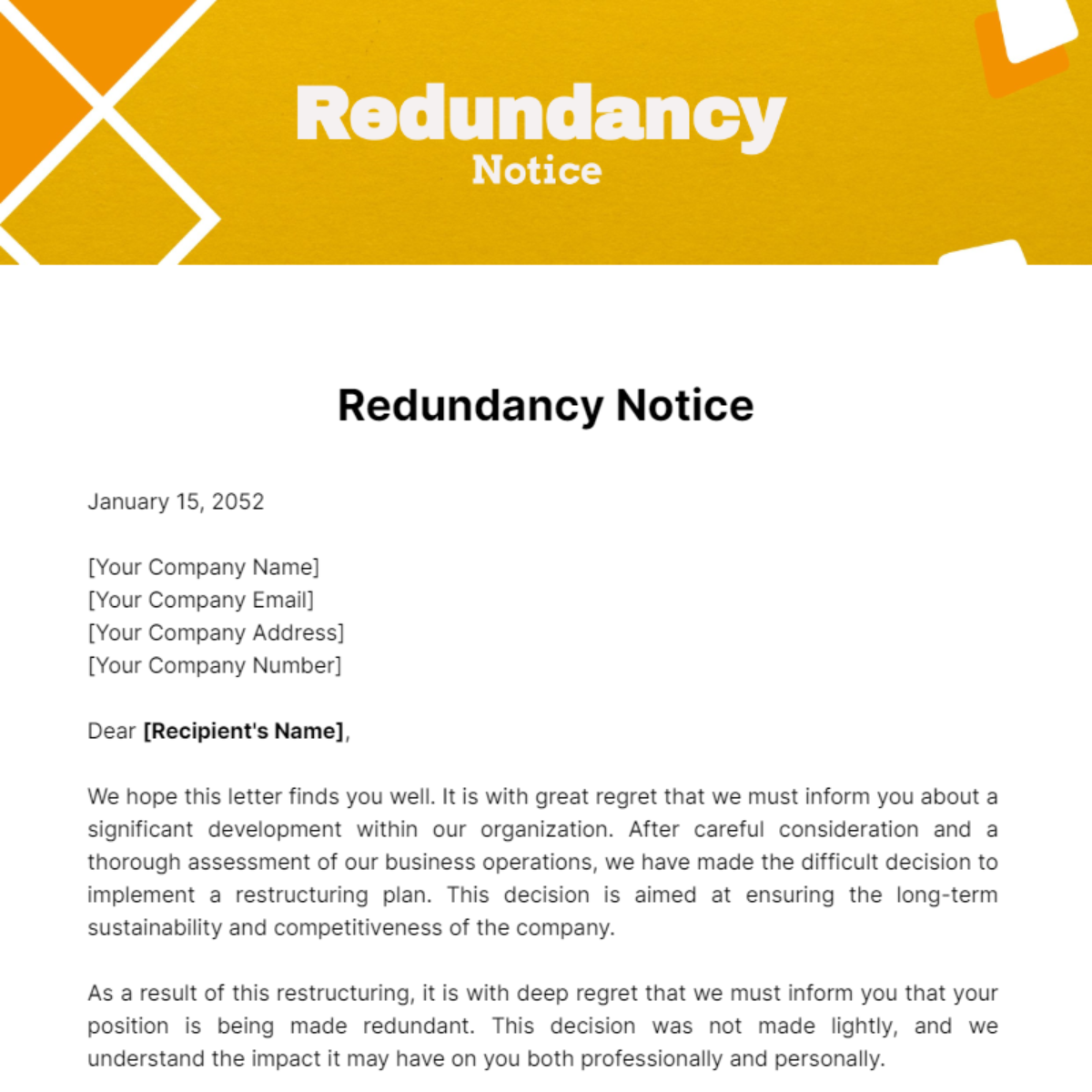Explained: If a Company Goes Bust Who Pays Redundancy in the UK?
Checking Out the Operational Dynamics of Business Redundancy and Its Long-Term Sustainability

Redundancy Approaches for Organization Continuity
In order to guarantee continuous procedures, businesses need to apply reliable redundancy strategies for service connection. Redundancy in this context refers to the replication of crucial parts or functions within a system to minimize the effect of potential failings. By integrating redundancy approaches, companies can boost their strength against disturbances brought on by different elements such as all-natural catastrophes, tools failures, or cyber-attacks.
One usual redundancy technique is the implementation of back-up systems and data storage space services. This entails creating duplicates of necessary data and systems that can be turned on in situation of a main system failure. Additionally, organizations can establish redundant communication networks and source of power to maintain connection and operations throughout unanticipated occasions.
Additionally, cross-training workers to do numerous functions within the business can work as an important redundancy strategy. If key employees are unavailable due to health problem or other reasons, this guarantees that vital tasks can still be brought out also. Generally, effective redundancy approaches are crucial for services to support functional connection and lessen the influence of potential disturbances.
Impact of Redundancy on Organizational Resilience
Provided the important role redundancy techniques play in making certain organization connection, exploring the influence of redundancy on business resilience comes to be imperative for understanding the all natural operational characteristics of a firm. Business durability refers to an entity's capacity to adjust to interruptions, recuperate from obstacles, and transform when necessary while keeping core features. Redundancy, when purposefully applied, can significantly add to enhancing an organization's strength when faced with unforeseen challenges. By having backup systems, employees, or processes in position, business can better withstand shocks and continue procedures with marginal disruption.
Additionally, redundancy can foster innovation and imagination within an organization as staff members really feel equipped to take calculated threats, understanding that there is a safety and security web to sustain them in instance of failure. Generally, the impact of redundancy on organizational strength is profound, forming the lasting sustainability and success of a company.
Stabilizing Effectiveness and Versatility in Redundancy
Attaining an unified balance between operational performance and adaptive versatility is an essential obstacle in the strategic deployment of redundancy within companies. Reliable operations are vital for maintaining efficiency and cost-effectiveness, making certain that sources are used optimally. Nevertheless, too much focus on efficiency alone can result in rigidity, making it hard for organizations to adjust to unexpected changes or challenges. On the various other hand, adaptability enables organizations to respond nimbly to developing circumstances, fostering technology and strength. Yet, way too much flexibility without a solid operational structure can result in ineffectiveness and variance.
To balance performance and adaptability in redundancy planning, organizations must carefully assess their functional needs, market dynamics, and strategic objectives. Executing lean practices can boost efficiency by removing and streamlining procedures waste, while fostering a society of versatility and constant enhancement can improve flexibility. Furthermore, purchasing cross-training programs and robust interaction networks can help grow a flexible labor force capable of handling varied jobs during durations of change. Ultimately, discovering the appropriate balance between efficiency and versatility is critical for building a resistant and sustainable organization in the face of unpredictability.
Long-Term Sustainability Via Redundancy Preparation
To make sure long-lasting feasibility and stability, organizations must strategically straighten their redundancy planning with lasting sustainability objectives, thus harmonizing operational effectiveness with adaptive adaptability. Companies must anonymous view redundancy not as a reactive remedy to prompt problems however as an aggressive strategy for lasting success.

Aggressive Actions for Lasting Firm Procedures
How can business proactively improve their operational sustainability for long-lasting success? Applying proactive actions is essential for companies intending to ensure lasting procedures. One key method is to buy modern technology and advancement to streamline processes, minimize waste, and stay competitive on the market. Embracing sustainable techniques such as reducing energy intake, minimizing carbon impact, and enhancing source utilization can not just benefit the atmosphere yet additionally cause set you back financial savings in the long run.
Additionally, fostering a society of continual renovation and understanding within the organization can enhance adaptability to altering market problems and client needs. Encouraging staff member involvement in decision-making procedures and offering opportunities for expert growth can improve morale, productivity, and overall efficiency. Establishing clear objectives, monitoring crucial efficiency signs, and consistently evaluating progress are vital elements of positive sustainability management.
Teaming up with suppliers, customers, and various other stakeholders to advertise lasting techniques throughout the supply chain can create a causal sequence of favorable effect - redundancy pay if company goes bust. By taking proactive steps towards operational sustainability, companies can construct durability, drive innovation, and safeguard their lasting success in an ever-evolving organization landscape
Final Thought

In the realm of organizational administration, the critical release of business redundancy stands as a pivotal yet complex technique that demands a fragile equilibrium in who pays redundancy money between operational performance and long-term stability. By studying the functional characteristics that underpin business redundancy and examining its wider effects for business strength and flexibility, a nuanced understanding of how redundancy methods can form the future trajectory of a firm starts to unfold.Provided the essential duty redundancy approaches play in guaranteeing company connection, exploring the effect of redundancy on business strength becomes important for understanding the all natural functional dynamics of a company. On the whole, the influence of redundancy on business resilience is profound, shaping the long-lasting sustainability and success of a firm.
In verdict, understanding the operational dynamics of business redundancy is crucial for making sure long-lasting sustainability.